Agriculture in Angola
Angola is a potentially rich agricultural country, with fertile soils, a favourable climate, and about 57.4 million ha of agricultural land, including more than 5.0 million ha of arable land. Before independence from Portugal in 1975, Angola had a flourishing tradition of family-based farming and was self-sufficient in all major food crops except wheat. The country exported coffee and maize, as well as crops such as sisal, bananas, tobacco and cassava. By the 1990s Angola produced less than 1% the volume of coffee it had produced in the early 1970s, while production of cotton, tobacco and sugar cane had ceased almost entirely. Poor global market prices and lack of investment have severely limited the sector since independence.
The Angolan Civil War (1975–2002) and the consequent deterioration of the rural economy and neglect of the farming sector dealt the final blow to the country's agricultural productivity. During the civil war most small-scale farmers reverted to subsistence farming. Angola has been dependent on commercial imports since 1977 and was heavily dependent up to the end of the war. The agriculture of Angola is currently expanding due to the end of the Angolan Civil War in 2002, and the growth of foreign investment in the sector. However, the return to productivity in rural areas is proving difficult and slow. Large areas cannot be cultivated because of landmines. Functioning infrastructure in rural areas is limited, and few incentives exist for people to return to farming. From 2003 to 2004 only 2.9 million ha of the available agricultural land was cultivated. Agriculture's contribution to gross domestic product (GDP) – including forestry and fisheries – has been about 8%. Yet two thirds of the population still depend on agriculture for food, income and employment. About 80% of farmers throughout the country are smallholders. They cultivate very small plots of land, with very low agricultural productivity.
Here are some photos of farm structure
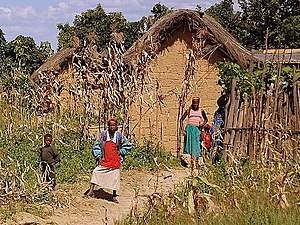

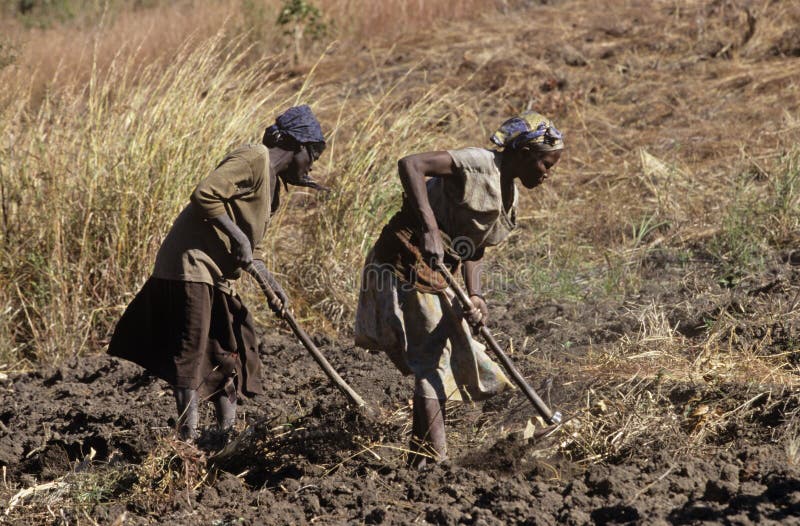
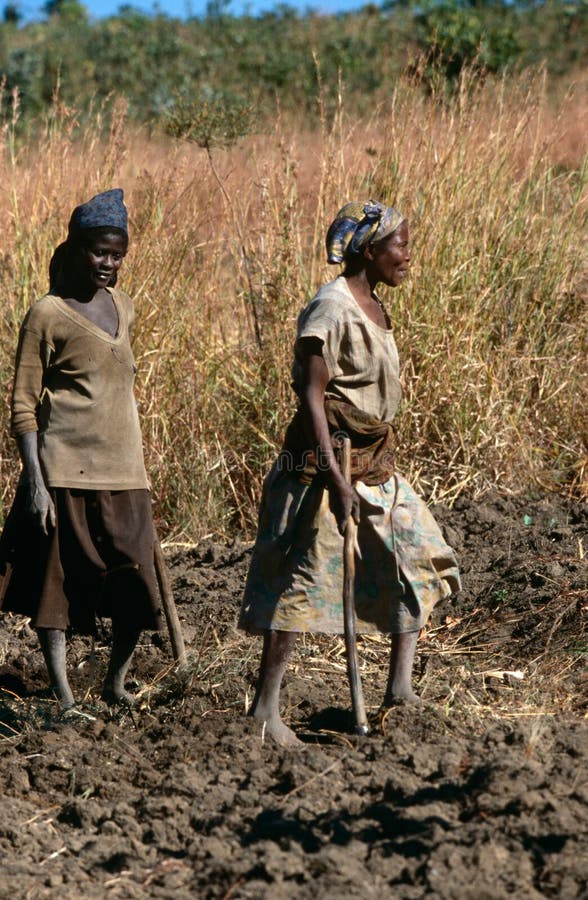


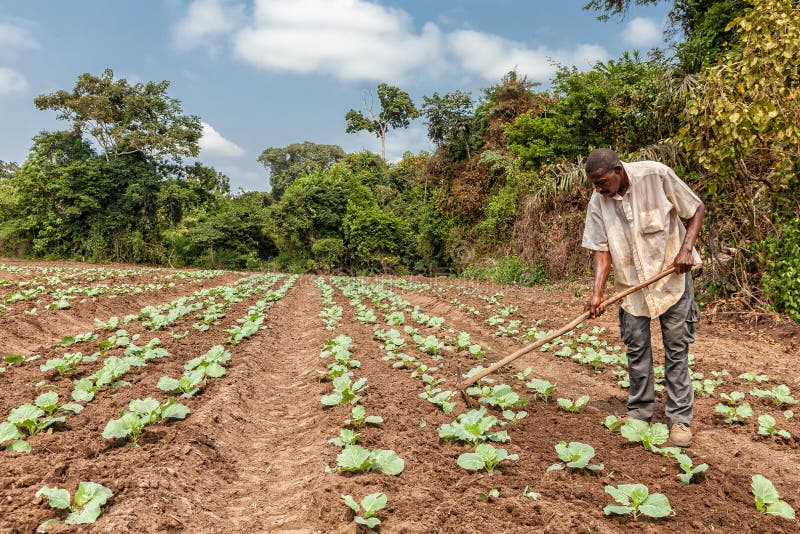
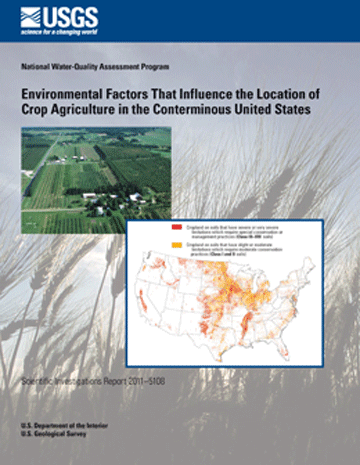
Comments